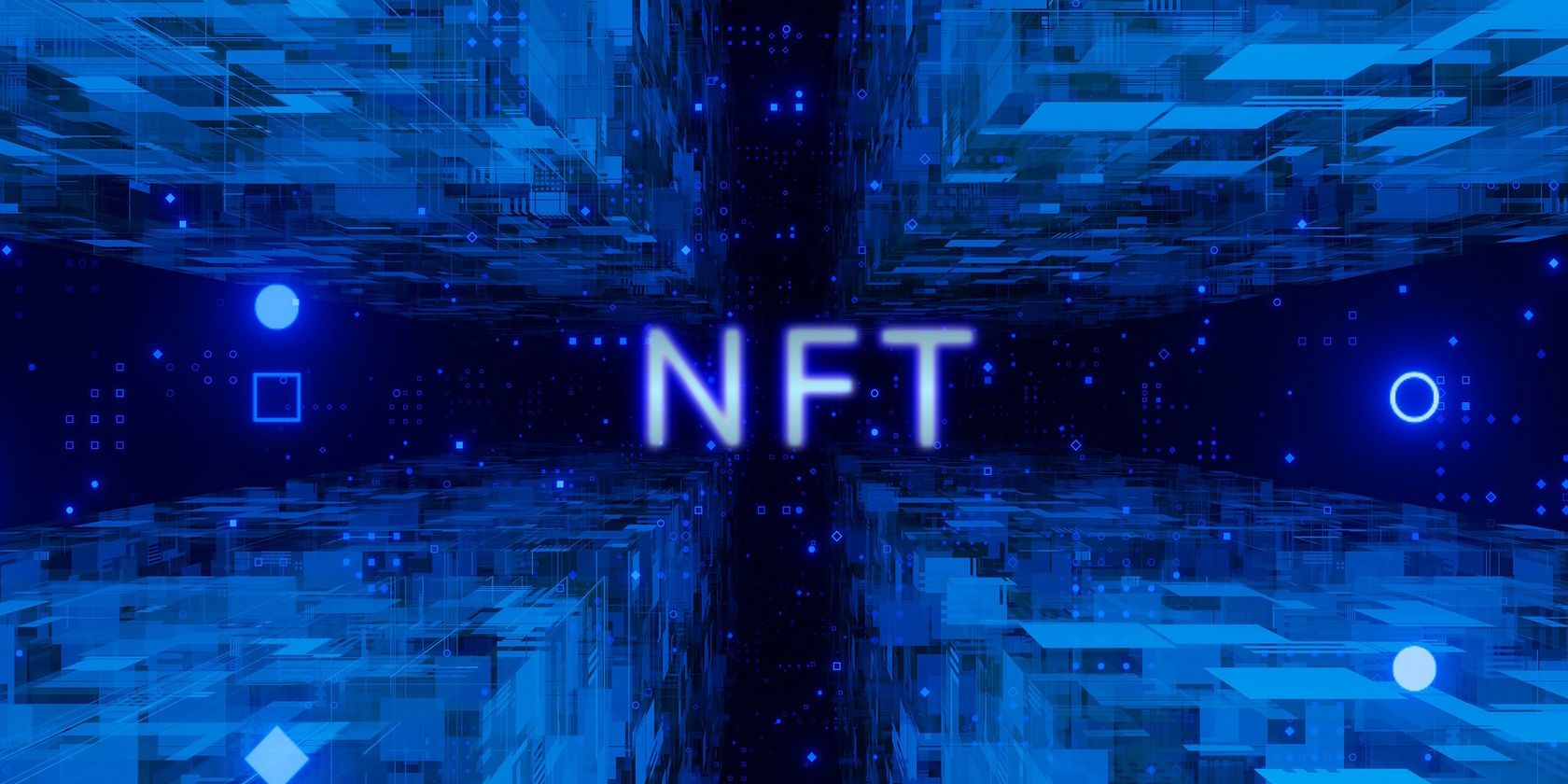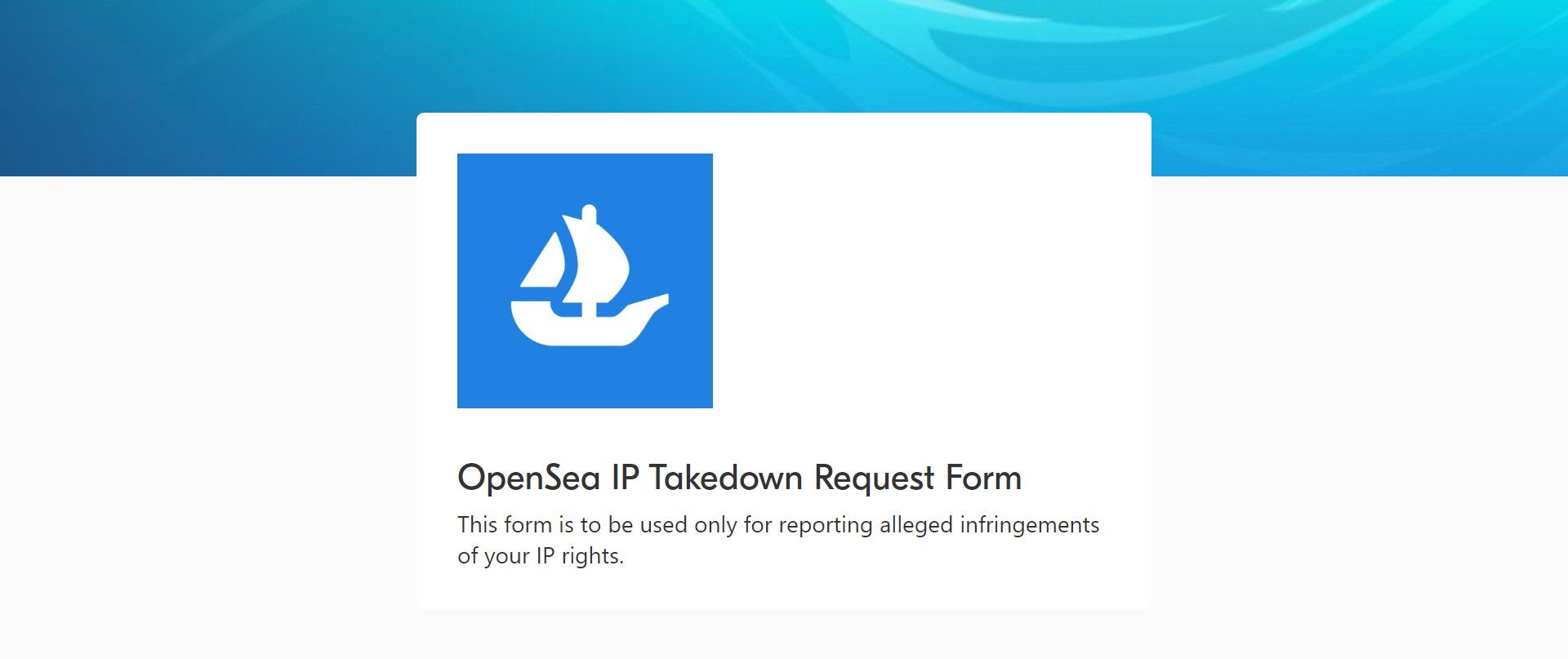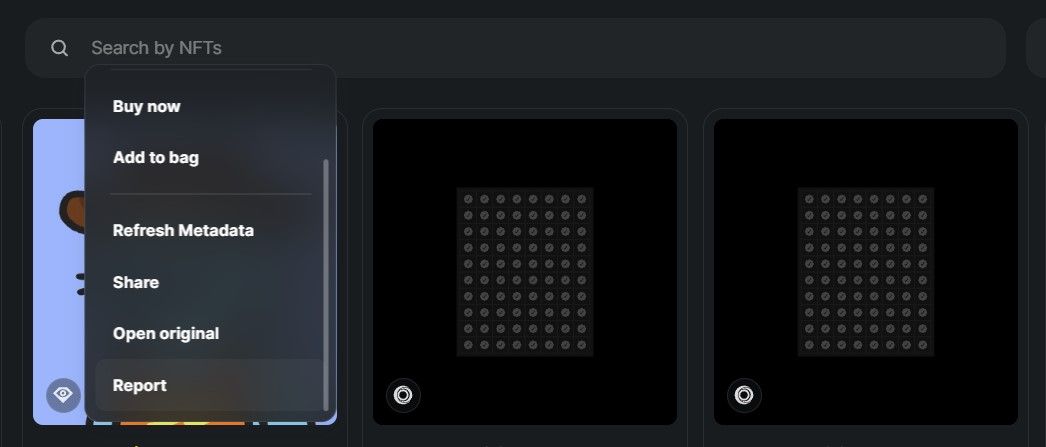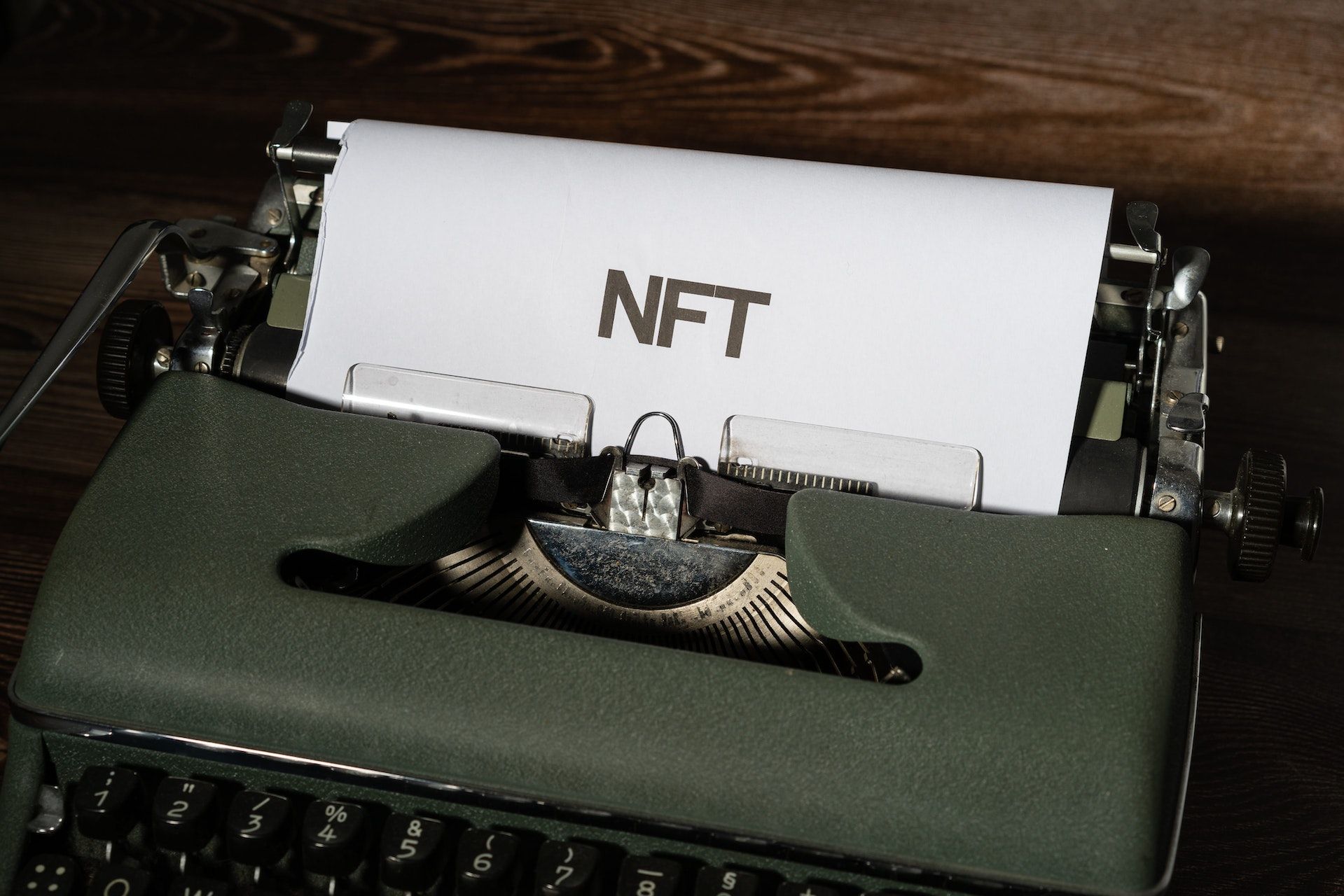Whether you love them, hate them, or don’t understand them, NFTs are here to stay. However, as their popularity grows, so does the risk of copyright infringement. But what should you do if someone creates an NFT that illicitly uses your copyrighted material?
One option is to file a Digital Millennium Copyright Act (DMCA) takedown request. Let’s look at the steps involved in filing a DMCA takedown request for an NFT.
Submitting a DMCA Takedown Request for an NFT
NFTs are created using blockchain technology. The decentralized nature of the blockchain is designed to protect the ownership and authenticity of the NFT. In principle, this works perfectly when protecting the ownership of an NFT, but it does add complications if an NFT contains material that infringes your copyright.
Effectively, the blockchain will always contain a record of the offending NFT's existence. However, it is possible to get the NFT removed from the platform or marketplace that is selling it. This is where the DMCA can help. The DMCA takedown is designed to protect your copyright.
Below are the steps you will need to follow to file a DMCA takedown request.
1. Identify the Infringing NFT
The first step is to identify the NFT that contains your copyrighted material. You will need to present evidence that confirms your ownership of the material and that it has been used in the creation of an NFT.
The evidence that can be presented includes:
- Proof of ownership: You will need to be able to prove that you own the copyright to the infringing material. This could be in the form of a contract, a copyright registration certificate, or other legal documentation that confirms you are the rightful owner.
- Proof of Infringement: The next step is to collate evidence that the NFT is infringing your copyright. This could be in the form of a screenshot of the NFT or more preferably a link to the NFT on the platform it's being sold on.
- Identification of the copyrighted material: It is important to note that you will need to identify the copyrighted material. This can include the name of the work, the author, and any other supporting evidence that can help to identify you as the rightful owner.
Gathering all the necessary evidence is essential to make the DMCA takedown request successful. It is worth taking the time to be as diligent as possible here before moving on to the next step in the process.
2. Follow the DMCA Takedown Procedure of the NFT Marketplace
Each NFT marketplace has its own procedures for DMCA takedowns. Below is the list of the most popular marketplaces with links to their DMCA takedown pages:
-
OpenSea: OpenSea is one of the largest NFT marketplaces. You need to file the DMCA takedown request through OpenSea's IP takedown request form.
- KnownOrigin: You will need to email report@knownorigin.io to submit a DMCA takedown request.
-
Rarible: Rarible offers three options for instigating a DMCA takedown. The first is to use the report option available on each NFT.
Alternatively, a DMCA takedown request can be made by email or physical mail. The email address is dmca@rarible.com and the address can be found on the Rarible site.
- Foundation: You can either email your DMCA takedown details to trust@foundation.app or navigate to the Foundation DMCA report form.
- SuperRare: SuperRare has provided an email address to let you report content. Your DMCA takedown request should be emailed to ip@superrare.com.
These are just a few of the most popular NFT marketplaces. For other marketplaces, the easiest way to find the correct procedure is to navigate to the help pages and search for DMCA takedown or similar terms.
3. Drafting Your DMCA Takedown Request
The way that you file your DMCA takedown request may vary in each marketplace. But the information you need to include in the request is fairly consistent across the board. Most DMCA requests will require you to provide the following information:
- Name and contact details.
- A description of the material in question and its URL.
- A personal statement that states you believe in good faith that the use of your material has not been authorized by you or others acting on your behalf.
- It should also note that the information in your request is accurate and that you are the copyright owner (or are acting on behalf of the copyright owner). It should be noted that this is a legal statement and is under penalty of perjury if incorrect information is deliberately provided.
- Your physical or electronic signature.
Once you have filed your DMCA and the veracity of your claim has been confirmed, the platform should remove the item from its marketplace. It is a good practice to monitor the platform after a successful DMCA takedown to ensure your work has been removed and remains unavailable.
Protecting Your Intellectual Property
It can be heartbreaking to find that others are profiting from all the time, work, and passion that you pour into your artwork. If you find an NFT that is unfairly profiting from your work, then the best course of action is to file a DMCA takedown request.




